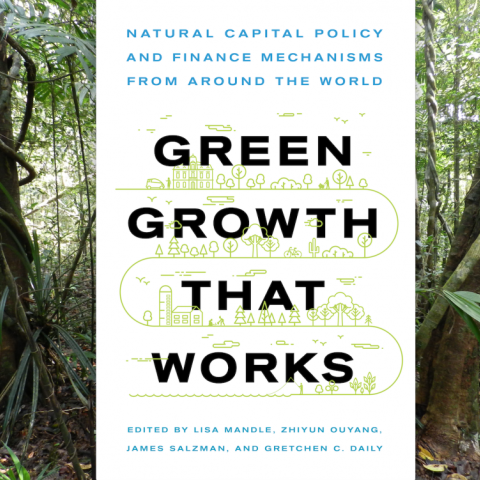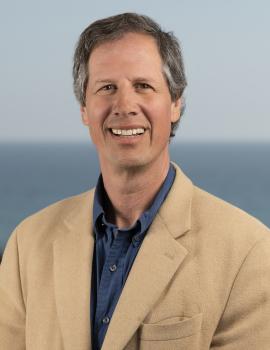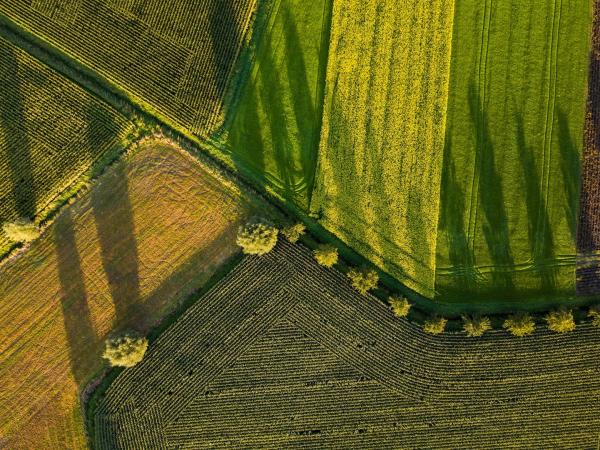
Ecosystems carry out services that would cost humans vast sums if we needed to perform them ourselves, a reality to which society is slowly coming around. However, these benefits remain largely out of sight in both policy and finance. Now a growing number of economists, ecologists and policymakers advocate making these hidden values explicit by offering payments for ecosystem services.
A new book, “Green Growth That Works” (Island Press, 2019), details how this can be achieved.
“The basic idea is that landscapes provide a huge range of critical services,” said coauthor James Salzman, the Donald Bren Distinguished Professor of Environmental Law at UC Santa Barbara’s Bren School of Environmental Science & Management. “It could be flood control, it could be water purification by watersheds, it could be storm buffering from wetlands and marshes. Each of these is critically important. But the problem is that none of these are explicitly prized in markets or protected by law.”
For example, a farmer who puts up fences along the banks of a river flowing through his land provides the public goods of water quality, habitat for wildlife and groundwater recharge —essentially giving these benefits away for free. If another, more profitable use for this land alongside the river comes up, say for development, it would make more financial sense for the farmer to take advantage of it. Hence, paying the farmer for the services derived from this stretch of river would encourage its continued protection.
This approach, as detailed in “Green Growth That Works,” seeks to change the incentives so that conserving and enhancing natural capital make financial sense for landowners. In fact, one of the book’s chapters looks at a similar real-world example of this.
The authors aimed their book at policymakers, scholars and entrepreneurs trying to better understand rapidly evolving field. It aggregates into a single volume material, discussions and examples from around the globe that had previously been scattered. “The goal of this is to create a user-friendly, one-stop shop for cutting-edge thinking and practice regarding green growth,” Salzman said.
Read full story at: The UCSB Current
Credit: Harrison Tasoff



